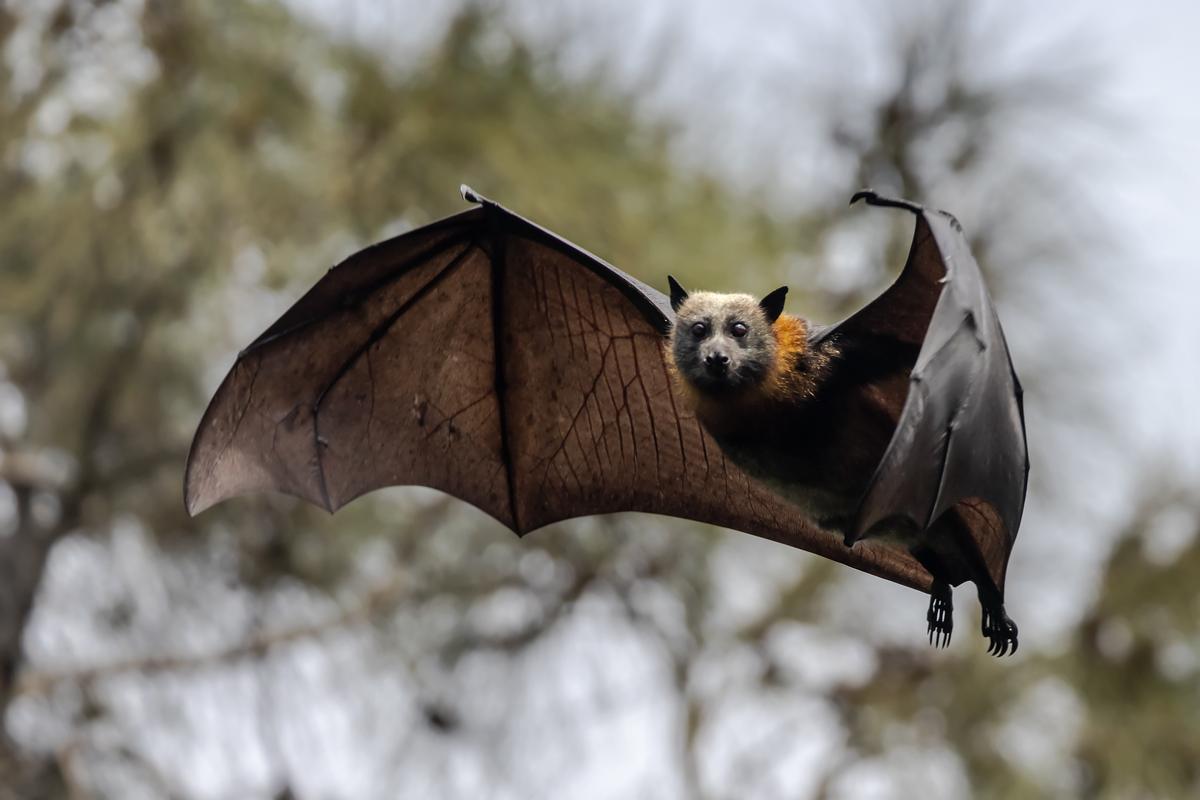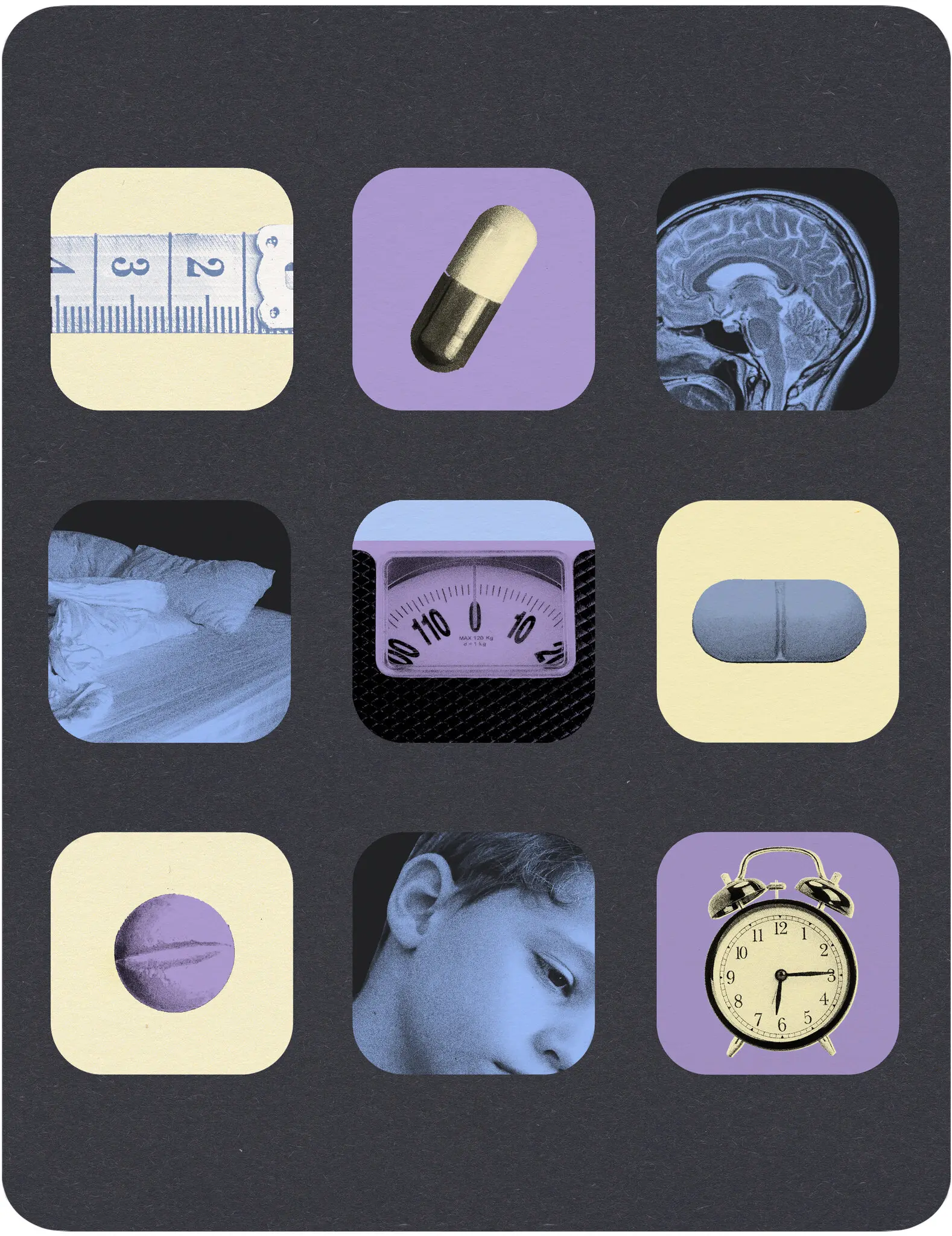Sydney, July 2025 — A tragic and extremely rare medical case has emerged from Queensland, Australia, where a man has died after contracting a fatal virus from a bat bite. Health officials have confirmed that the infection was caused by Australian Bat Lyssavirus (ABLV), a virus closely related to rabies.
This marks a rare but serious occurrence of ABLV transmission to a human, with only a few recorded cases in Australian history. The incident has sparked a renewed public health warning about the risks of handling bats and other wild animals without proper protection or training.
A Sudden and Tragic Decline
The man, whose identity has not been publicly disclosed, was reportedly bitten by a bat weeks earlier. At the time, the wound may have seemed minor, and it’s believed he did not seek immediate medical attention. Unfortunately, the virus gradually attacked his central nervous system, leading to severe neurological symptoms and ultimately death.
Symptoms of ABLV infection can include fever, headache, confusion, and paralysis—closely resembling classic rabies. Once symptoms appear, the disease is almost always fatal. This reinforces the importance of urgent medical care following any potential exposure.
What Is Australian Bat Lyssavirus?
ABLV is a rare viral disease found in several species of bats across Australia. It is transmitted through bites or scratches and can infect humans if the virus enters the bloodstream. Although only a few human cases have been recorded since the virus was first identified in 1996, all of them have resulted in death due to delayed treatment.
The virus is preventable through timely post-exposure prophylaxis—similar to rabies treatment—which includes a course of vaccinations and immune globulin injections administered shortly after exposure.
Health Officials Urge Caution
In response to this fatal case, Australian health authorities are urging the public not to handle bats under any circumstances. Even injured or young bats can carry the virus. People who find a bat in distress are advised to call licensed wildlife handlers or veterinarians rather than attempt rescue themselves.
Medical professionals are also advising anyone who has been scratched or bitten by a bat to seek urgent care, even if the injury appears superficial. Early intervention is key to survival.
Community Reaction and Awareness
The incident has raised awareness in local communities about the potential dangers of wildlife interactions. While bats play a crucial role in ecosystems—such as pollination and insect control—they can also carry zoonotic diseases that pose risks to humans.
Educational campaigns are now being expanded to rural and regional areas where human-wildlife contact is more common. The goal is to ensure people understand the risks, symptoms, and proper steps to take in the event of an exposure.
A Reminder of the Unknown
This heartbreaking case serves as a stark reminder of the hidden dangers in our natural environment and the importance of respecting wildlife boundaries. It also highlights how even rare viruses can have deadly consequences if not taken seriously.
As scientists continue to study emerging zoonotic diseases, public health officials emphasize vigilance, rapid response, and education as the most powerful tools in preventing future tragedies.
















Leave a Reply